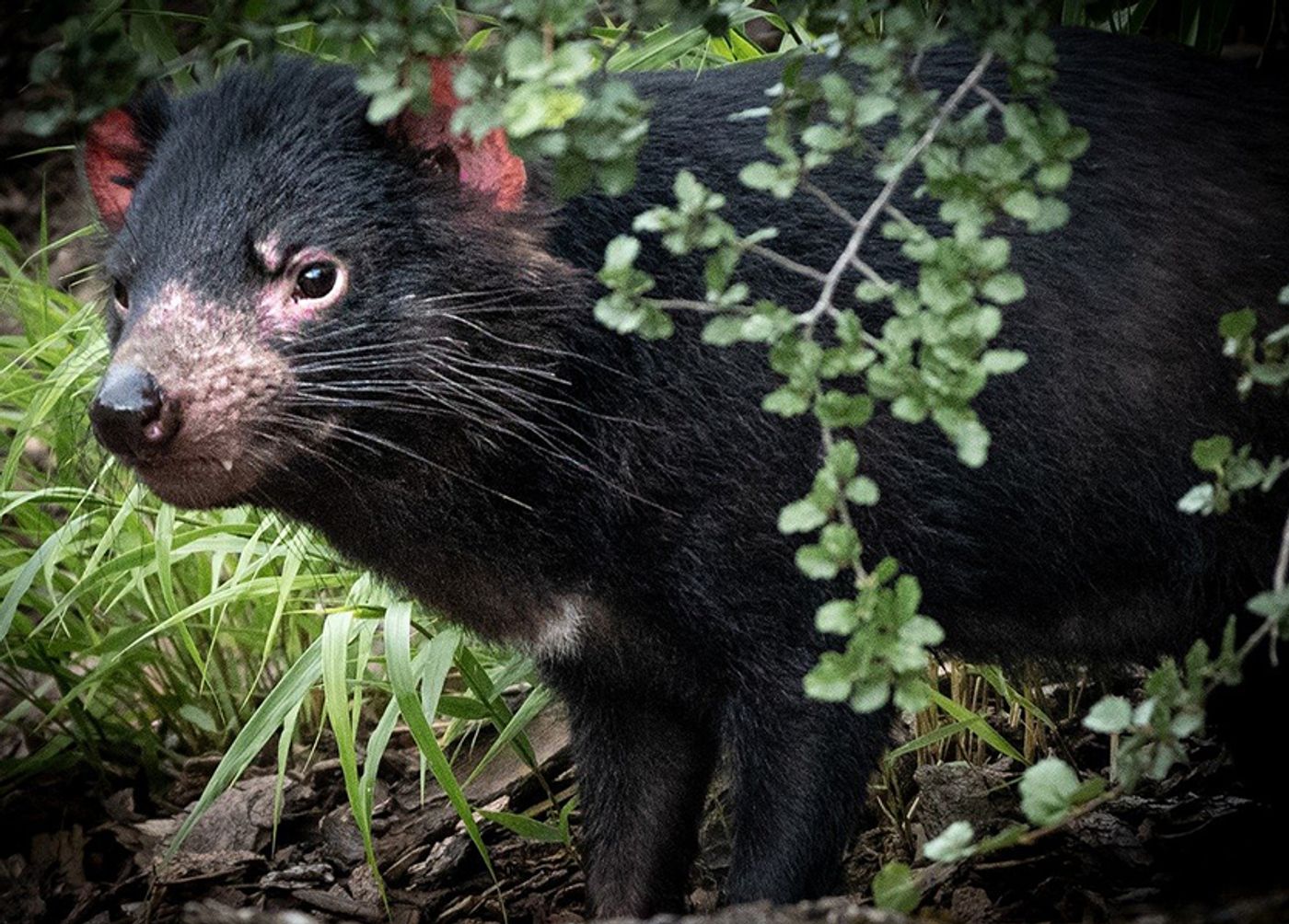Tasmanian Devils Return to Mainland Australia
For the first time in about 3,000 years, Tasmanian devils have returned to mainland Australia. According to a report from the Associated Press (AP), the oft-maligned marsupials have been absent from mainland Australia since “before the arrival of Europeans.” The AP attributes their disappearance to the appearance of predatory dingoes, a rise in the indigenous population, and a prolonged dry season. Combining these factors likely caused the extinction of Tasmanian devils on the mainland but led to their migration to what is now Tasmania.
The AP reports that Tasmanian devils have been protected in Australia since 1941 while conservation organizations protected and strengthened the remaining animals. Unfortunately, the appearance of an infectious cancer known as “devil facial tumor disease” in the 1900s caused a significant population decline, decimating about 85% of the remaining animals. The AP reports that researchers created an “insurance populations” in Tasmania to protect the remaining devils.
The 11 devils that most recently returned to Australia are in a protected area called the Barrington Tops wildlife refuge in New South Wales, Australia. The ultimate goal includes eventually populating non-protected areas of the mainland as well. As apex predators, Tasmanian devils provide essential ecosystem services, and the research team hopes that ultimately they can help control cat and fox populations.
Aussie Ark, one of the conservation organizations involved in the release, states that “this first historic release is only step one in our mission to rewild Australia and bring balance back to the bush.” According to the Aussie Ark website, a total of 26 devils were released into the wild sanctuary this year with the hope of creating a self-sustaining wild population. Tim Faulkner, Aussie Ark President, stated, “In 100 years we are going to be looking back at this day as the day that set in motion the ecological restoration of an entire country.”
Additionally, the Aussie Ark website reports that the released devils “will be monitored through regular surveys, radio collars with transmitters, and camera traps.” The information gathered through these monitoring services will help them prepare and make any necessary changes to future releases.
Sources: AP News, Aussie Ark









